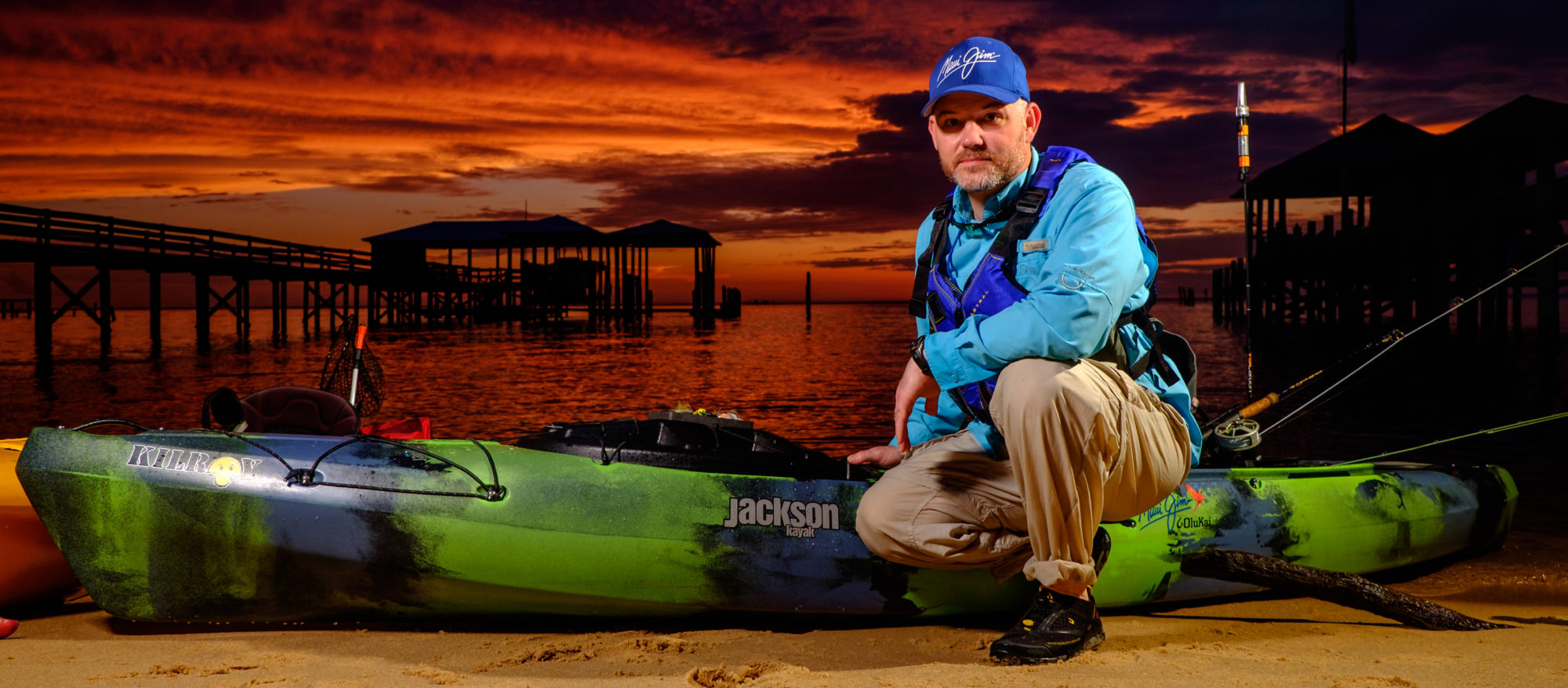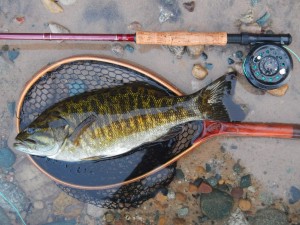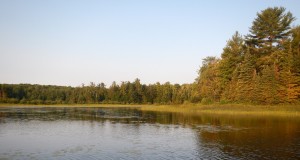 There’s a place north of the 45th called God’s Country. It’s a place my father and I have trod many a mile through forest, swamp, and highlands searching for whitetail deer. It’s a place where most fisherman’s thoughts turn to brook trout. It’s a place where moose, wolves, cougar, and black bear roam the wilderness. It’s a place not easily reached by car, plane, or train and for good reason. The Upper Peninsula of Michigan (termed “the U.P.” by native Michiganders) is a special and wild place.
There’s a place north of the 45th called God’s Country. It’s a place my father and I have trod many a mile through forest, swamp, and highlands searching for whitetail deer. It’s a place where most fisherman’s thoughts turn to brook trout. It’s a place where moose, wolves, cougar, and black bear roam the wilderness. It’s a place not easily reached by car, plane, or train and for good reason. The Upper Peninsula of Michigan (termed “the U.P.” by native Michiganders) is a special and wild place.
 Cross north over the Mackinac Bridge that connects lower and upper peninsula’s of Michigan, and it’s difficult to believe you haven’t entered another state. The topography suddenly changes and colorful flowers obviously not planted by man grow on both sides of what seems nearly every country road. Table fare of various whitefish recipes, a delicious pasty, and strawberry shortcake can be found in out of the way, yet memorable restaurants.
Cross north over the Mackinac Bridge that connects lower and upper peninsula’s of Michigan, and it’s difficult to believe you haven’t entered another state. The topography suddenly changes and colorful flowers obviously not planted by man grow on both sides of what seems nearly every country road. Table fare of various whitefish recipes, a delicious pasty, and strawberry shortcake can be found in out of the way, yet memorable restaurants.

Roxane’s Smokehouse Restaurant in Strongs Corner, Michigan makes a great strawberry shortcake with a homemade sweet biscuit.
The state fish is the brook trout and romance species of the great white north. Yet my favorite species to pursue in this range is the smallmouth bass. Our family has a cottage on an eastern U.P. lake that had been taken over several years ago by bullhead catfish. Since then, careful management techniques to reduce the population of bullheads and balance it with smallmouth, largemouth bass, and bluegill game species have been successful. During a recent trip to the lake we caught all three species of game fish, including juveniles up through well established adults. The early morning alarm clock is anticipated in the form of a yodel from loon, signaling good fishing in an unparalleled wilderness backdrop of tall pine and hemlock surrounding the lake.
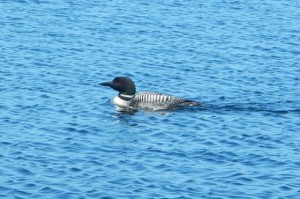 When looking for a good fishing lake in the U.P., seek those that have variable depths, with some natural and protective shoreline. These lakes will provide shelter from the harsh winters. There are lakes in the range that are shallow, and as a result freeze several feet thick in the winter. Deep freezing in shallow lakes will reduce potential for game fish survival. Heavy snow pack in the U.P. can provide a layer of insulation, preventing fatal freeze depths in these shallow lakes and yet block valuable sun rays from reaching through the water column.
When looking for a good fishing lake in the U.P., seek those that have variable depths, with some natural and protective shoreline. These lakes will provide shelter from the harsh winters. There are lakes in the range that are shallow, and as a result freeze several feet thick in the winter. Deep freezing in shallow lakes will reduce potential for game fish survival. Heavy snow pack in the U.P. can provide a layer of insulation, preventing fatal freeze depths in these shallow lakes and yet block valuable sun rays from reaching through the water column.
Once finding a lake that has characteristics friendly to smallmouth bass, cast to structure, drop offs, and transition areas such as pinch points that combine the two. My favorite flies to catch adult smallmouth bass on lakes are top water concave foam poppers. I like to use a primary color of black with red accent at dawn and dusk, then switch over to chartreuse with black accent as the sun rises above the tree line. I know sub-surface flies such as crayfish patterns are great for enticing smallies, but as an angler can’t resist experiencing a football shaped bronzeback rolling on a fly off the surface, doubling over a medium flex fly rod and on into a battle royale!
Smallmouth bass are beautiful creatures with hues of gold, brown, and black. Keep them in the water when you take pictures. Keeping the fish wet while snapping a photo will help to maintain protective slime and at same time share what kind of habitat you caught it in with those viewing the picture.
Releasing adult smallmouth bass is important. Smallmouth take several years to reach lengths of 18″ and greater, and these fish are prime brood stock for promoting future generations of the species. This smallie was released back into the lake that our family cottage is located on. It is a testimate to the results of what careful conservation management techniques are capable of.
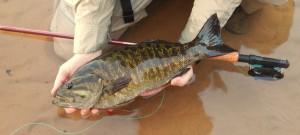 The Michigan Department of Natural Resources have put together a great resource to the angler in providing maps of hundreds of lakes throughout the state. Many of these lakes will take some effort to get to, but it’s part of the adventure of fishing the U.P. You can find maps of Michigan lakes here: http://www.michigan.gov/dnr/0,4570,7-153-67114_67115-67498–,00.html
The Michigan Department of Natural Resources have put together a great resource to the angler in providing maps of hundreds of lakes throughout the state. Many of these lakes will take some effort to get to, but it’s part of the adventure of fishing the U.P. You can find maps of Michigan lakes here: http://www.michigan.gov/dnr/0,4570,7-153-67114_67115-67498–,00.html
Photography by Aaron Rubel, and April Rubel
Copyright 2014 by icastinayak.com. All rights reserved
